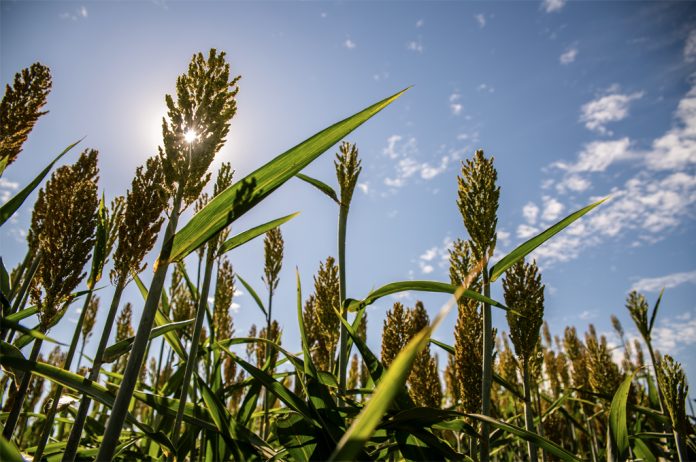COLUMBUS — Less salad, more carbs and proteins. That’s counter to what many say is right for our diet.
But for cows and other livestock, that’s the direction in which their diets are likely to shift as farms try to keep their animals well-fed amid a Midwest shortage in hay and other grasses.
Bill Weiss, dairy nutritionist with The Ohio State University College of Food, Agricultural, and Environmental Sciences, said animals might need to eat more alternatives to the higher amounts of fiber they typically get.
Alternative fibers
So, for example, if hay, which is high in fiber, normally makes up about half the diet for a dairy cow or other animal, some of that hay could be substituted with, say, cottonseed — what’s left of a cotton plant once the cotton fibers are removed, Weiss said.
Farmers might also feed their livestock additional grain — protein and carbohydrates — and less of the fibrous, salad-like portions of various plants, Weiss said.
Before making any changes in what their animals are fed, livestock owners should consult with a nutritionist, Weiss said. While humans can live reasonably OK without much fiber, which just passes through our bodies, cattle cannot. They need it.
About one-third of their diet should be fiber, which provides them energy and keeps their digestive systems healthy.
Weather woes
Many farmers across Ohio are considering different diet options for their livestock because the state’s hay supply is the lowest since the 2012 drought, and the fourth-lowest in 70 years. And the persistent spring rain during Ohio’s wettest yearlong period on record did not allow much hay to be cut in time for it to be the highest quality.
Dairy cows are particularly affected. Most dairy farmers feed their cows large amounts of corn silage, which is made by chopping the entire corn plant and letting it ferment in a silo. But the wet spring has delayed or prevented the planting of corn, a key ingredient in a lot of livestock feed.
So, with fewer corn acres expected to be planted and an already low supply of hay, farmers are scrambling to plant other crops to feed their animals.
Summer planting options
Warm-season summer annuals like sorghum and sorghum-sundangrass needed to be planted by July 15 to have enough warm growing season to grow and harvest before the frost arrives, said Mark Sulc, a forage specialist with Ohio State University.
But other cool-season crops can be planted a little later, starting the last week of July and into August, Sulc said. These include oats and spring triticale, which will be ready for harvest starting in early October and into November.
Oats and spring triticale can also be planted in mixtures with cereal rye, which has the advantage of being able to survive the winter and will produce animal feed early next spring.
Know what you grow
Since many farmers will be planting these annual crops for the first time this year, it’s critical for growers to know the requirements for each type to produce sizeable yields, Sulc said.
The flurry of planting annual crops for livestock feed “will help the shortage, but it’s not going to solve it completely,” he said. “We can’t grow enough this year to supply the entire demand. That’s why we need to consider alternative fiber sources.”
For more information on forage options, visit go.osu.edu/forages. To learn about the various requirements for each forage option, visit go.osu.edu/forageguide.










